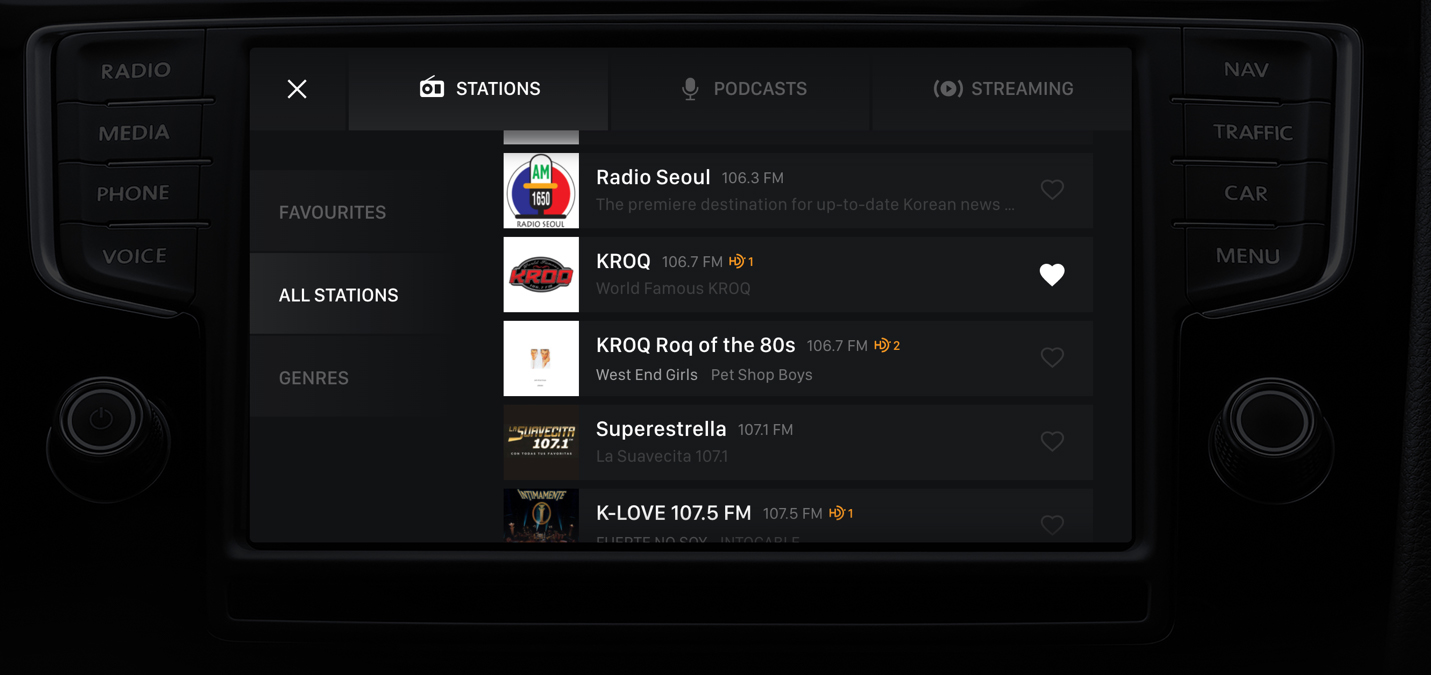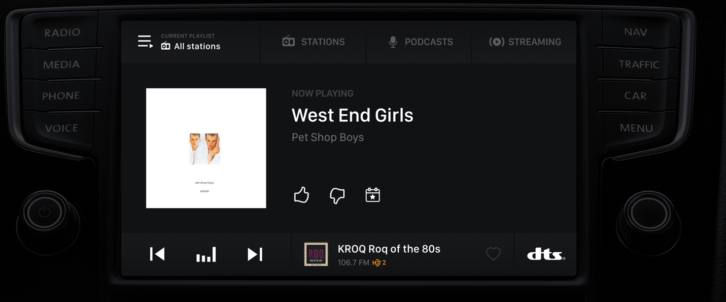
Xperi Corp. and TiVo Corp. recently completed their merger. To learn more about how this might affect readers of Radio World, we asked Xperi SVP of Broadcast Radio Joe D’Angelo.
[Read: Xperi and TiVo Complete Merger]
Radio World: What relevance does the merger have for people who follow the technology of radio and audio consumption?
Joe D’Angelo: Xperi and TiVo have a long-shared history supporting the media and creative industries (i.e. films and music). With little overlap in our legacy platforms, we are able to complement each other to boost our portfolio of offerings. Most meaningfully to broadcasters, the combined company will facilitate the delivery of the highest-quality images and much richer, deeper metadata (i.e. genre, release date, songwriter).
This is, of course, great for listeners and has the potential to simplify the radio industry’s reporting obligations. TiVo’s metadata will also help broadcasters better organize their internal content catalogue, make more informed programming decisions, and improve reporting accuracy.
The merger will have benefits across Xperi’s HD Radio, DTS Connected Radio and digital platforms including apps and websites.
[Read: Xperi Announces $3B Merger With TiVo]
RW: What specific technical change or improvement will we see in either HD Radio or in the hybrid radio DTS Connected Radio platform as a result of this business development?
D’Angelo: The TiVo metadata will continue to complement the implementation of the HD Radio Artist Experience feature for broadcasters who have adopted our technology and will provide Xperi with the ability to ensure consistent delivery of deep track information on the DTS Connected Radio platform.
RW: How exactly does a “metadata platform” help improve future radio product?
D’Angelo: Metadata is the key enabler for new digital platforms in terms of discovery, content identification, recommendations and personalization. Voice interfaces are also dependent on rich content metadata — think Alexa, Siri and similar. The metadata platform makes it possible to cut through the content chaos, brings content together, and makes it easy for listeners to find information specifically relevant to them.
RW: The company said that the solutions this merger is poised to bring “take radio and the digital dashboard to a completely new level of discovery and engagement.” Please explain.
D’Angelo: About discovery: Digital radio, both HD Radio in North America and DAB+ in Europe and Australia, has enabled a significant increase in the number of radio stations available to listeners in any given market. No longer is it viable to simply tune up and down a linear radio dial, frequency by frequency, to get a full understanding of all the programming on-air. In New York City, thanks to HD Radio, there are close to 100 FM analog and HD Radio stations; and in London, thanks to DAB+, there are now over 120 audio services.
With all this amazing new content, it is critical to provide new approaches to content discovery, navigation and selection. Metadata is the foundation to make this a reality.
Xperi is now able to present structured, searchable and categorized station information, including live now-playing data for display in the dashboard and driving voice interfaces. The end result is the most advanced and accurate digital program guide for radio to the dashboard.

As for engagement: Once the in-car user has identified and selected (queued) a radio station, Xperi’s platform elevates the audio experience with deep, engaging and informative text and images. This seamless and enhanced presentation becomes possible with the direct support of broadcast programmers, creative teams, and our rich metadata catalogue.
These enhancements, while common on other digital IP based services, are new and revolutionary for broadcast radio. We are now able to level the playing field with pure IP services and give listeners everything they could ask for from a digital audio platform, but from a free, over-the-air, live, and locally curated source. By using our platform, listeners will not only be able to get additional information about songs, events, topics, artists, and show hosts, but also interact with the programming by sharing feedback with the stations about song selections and discussion topics.
RW: What else should we know?
D’Angelo: This is just the tip of the iceberg in our combination of technology and services — we will be innovating on a number of fronts to ensure broadcast radio prominence in the dash.
[Read: Xperi Highlights Its In-Cabin Monitoring Efforts]
For example, we have recently won some in-cabin monitoring design-ins with key OEMs, and are looking to develop a feature where we combine that technology with our infotainment solution to provide a personalized user experience.










